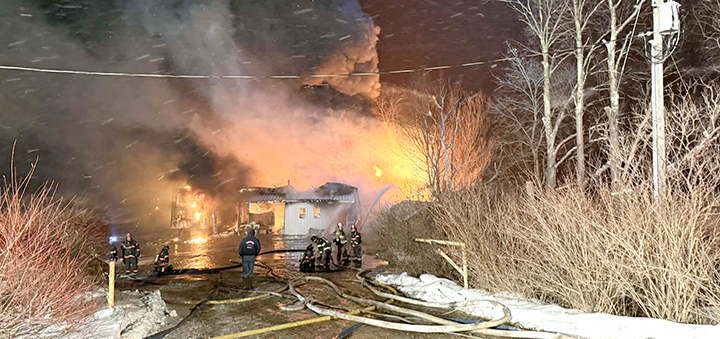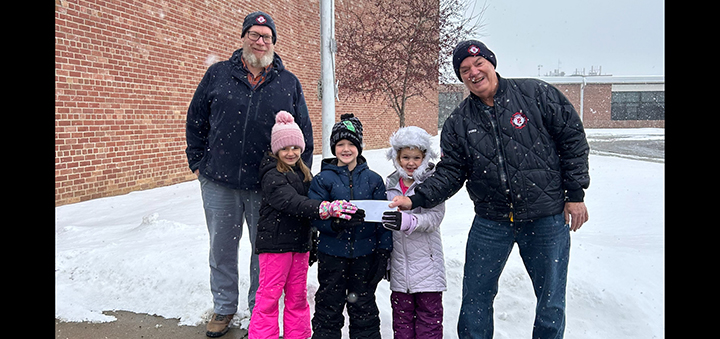'Deer management,' hunter success and the DEC
Rifle hunters will have their last hooray for putting venison in the freezer this weekend, as the regular Southern Zone deer season closes Dec. 13 at sunset. Then the muzzleloading and archery hunters get an additional week to test their hunting skills and resolve against what many consider our wariest of wildlife species.
No need to feel sorry for the deer since they've already had three weeks experience at avoiding hunters, and judging from the trend in our weather, they'll also benefit from conditions that will be less than comfortable for the hunters that are still hearty enough to face the cold, snow and chill factors. Throw in the possibility of crusted, noisy snow and the hunters will really find things difficult.
I'm not exactly confident that there'll be all that many hunters out next week, and this is especially true of the bowhunters. Bowhunting is challenging enough during the earlier archery-only season in October and early November, but when you add subfreezing temperatures and snow, even the most diehard bowhunters will be severely tested. Muzzleloader hunters, on the other hand, have it a bit easier since they aren't dealing with all the various actions required to draw and shoot a bow when muscles are cold and stiff and fingers are numbed from the cold.








Comments